A pre-print study reveals that young blood plasma given to older mice reduced aging by an average of 54% across multiple tissues; and had an impact on other signs of aging, such as cellular senescence, fat accumulation, and behavioural measures.


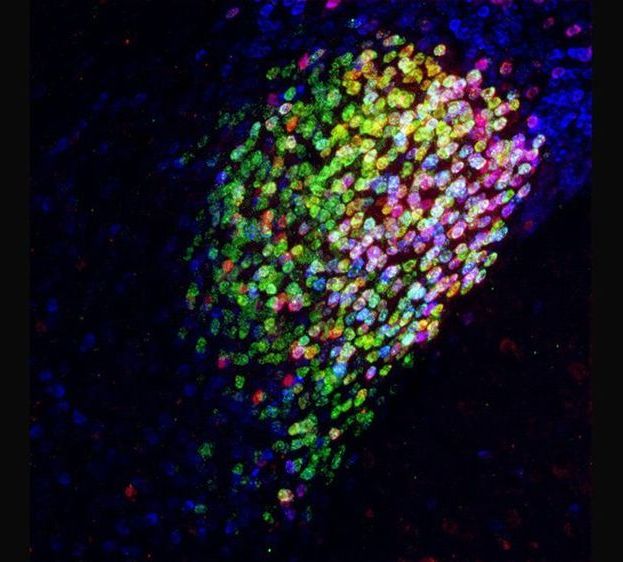
A Duke University research team has found a small area of the brain in mice that can profoundly control the animals’ sense of pain.
Somewhat unexpectedly, this brain center turns pain off, not on. It’s also located in an area where few people would have thought to look for an anti-pain center, the amygdala, which is often considered the home of negative emotions and responses, like the fight or flight response and general anxiety.
“People do believe there is a central place to relieve pain, that’s why placebos work,” said senior author Fan Wang, the Morris N. Broad Distinguished Professor of neurobiology in the School of Medicine. “The question is where in the brain is the center that can turn off pain.”
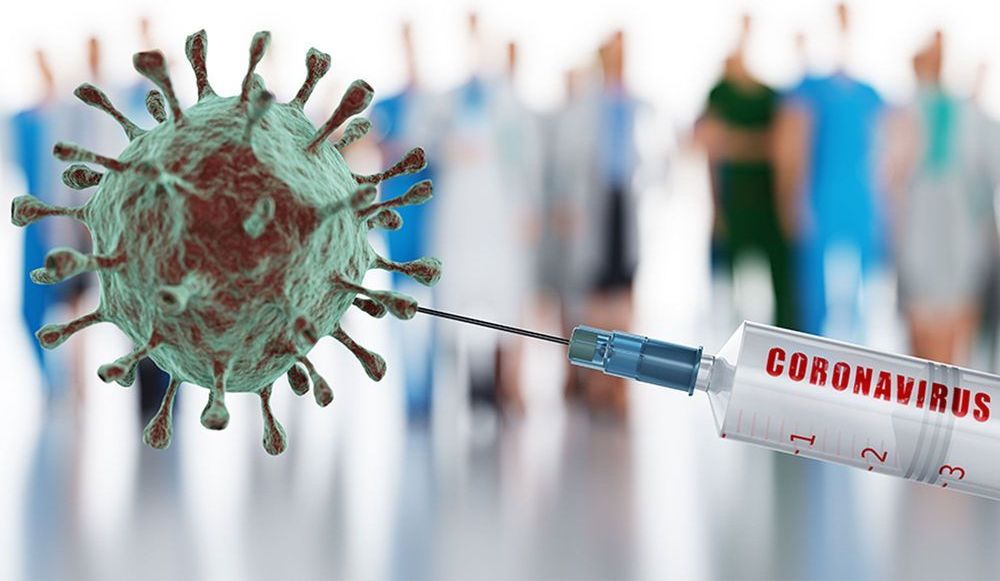
U.S. National Institute of Allergy and Infectious Diseases Director Anthony Fauci called the vaccine’s preclinical data “impressive” and told National Geographic this week that a vaccine could be ready for general use as early as January.
The Phase I trial has dosed 45 healthy adults. Phase II trials are about to start, enrolling around 600 adults. Pivotal efficacy trials would follow soon thereafter, bankrolled in collaboration with the government office BARDA (Biomedical Advanced Research and Development Authority).
Today, the chief medical officer of Moderna, Tal Zaks, answered burning questions from the public in a webinar hosted by STAT. Here’s an edited and condensed summary of his answers.
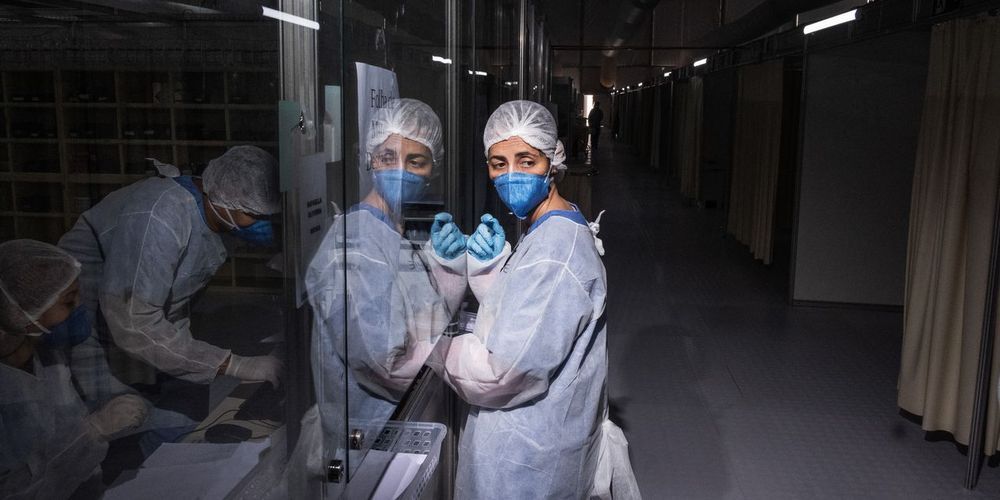
The coronavirus is spreading rapidly throughout Brazil, overwhelming a health care system that is ill prepared to handle a pandemic of this magnitude and proving especially deadly for the medical workers on the front lines.
At least 116 nurses have died in this country of 210 million from Covid-19, according to Brazil’s Federal Nursing Council—the highest toll anywhere. That is more than the 107 nurses who have died in the U.S., where the total death count of people succumbing to the pandemic is about six times more than in Brazil. In Italy, which has about twice as many total deaths as Brazil, 39 nurses have died, according to Italy’s National Federation of Nurses, or Fnopi.

Chinese President Xi Jinping pledged to make any coronavirus vaccine universally available once it’s developed, part of an effort to defuse criticism of his government’s response to a pandemic that has killed more than 315,000 people around the world.
In a speech on Monday to the World Health Assembly, the governing body of the Geneva-based World Health Organization, Xi called for greater international cooperation in fighting the pandemic. He also said China will provide $2 billion over two years to support the fight. Taiwan dropped a request to be included in the gathering after objections from Beijing.
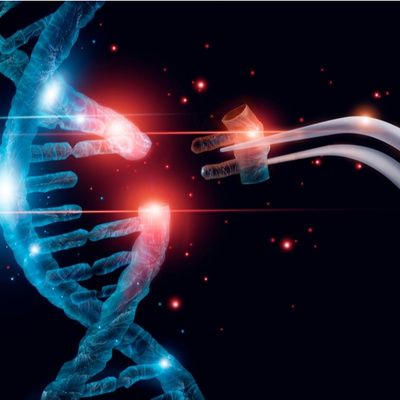
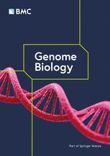
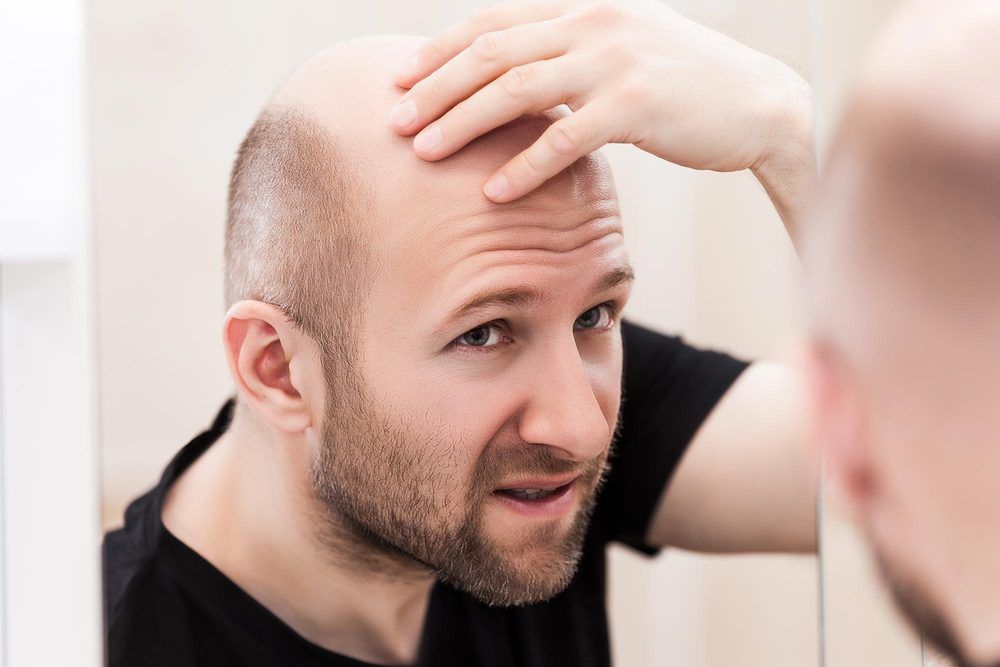
The results of a clinical trial released today (May 18, 2020) in STEM CELLS Translational Medicine demonstrate how a topical solution made up of stem cells leads to the regrowth of hair for people with a common type of baldness.
Androgenetic alopecia (AGA) — commonly known as male-pattern baldness (female-pattern baldness in women) — is a condition caused by genetic, hormonal and environmental factors. It affects an estimated 50 percent of all men and almost as many women older than 50. While it is not a life-threatening condition, AGA can lower a person’s self-esteem and psychological well-being. There are a few FDA-approved medications to treat hair loss, but the most effective can have side effects such as loss of libido and erectile dysfunction. Therefore, the search continues for a safer, effective treatment.
Adipose tissue-derived stem cells (ADSCs) secrete several growth hormones that help cells develop and proliferate. According to laboratory and experimental studies, growth factors such as hepatocyte growth factor (HGF), vascular endothelial growth factor (VEGF), insulin-like growth factor (IGF) and platelet-derived growth factor (PDGF) increase the size of the hair follicle during hair development.
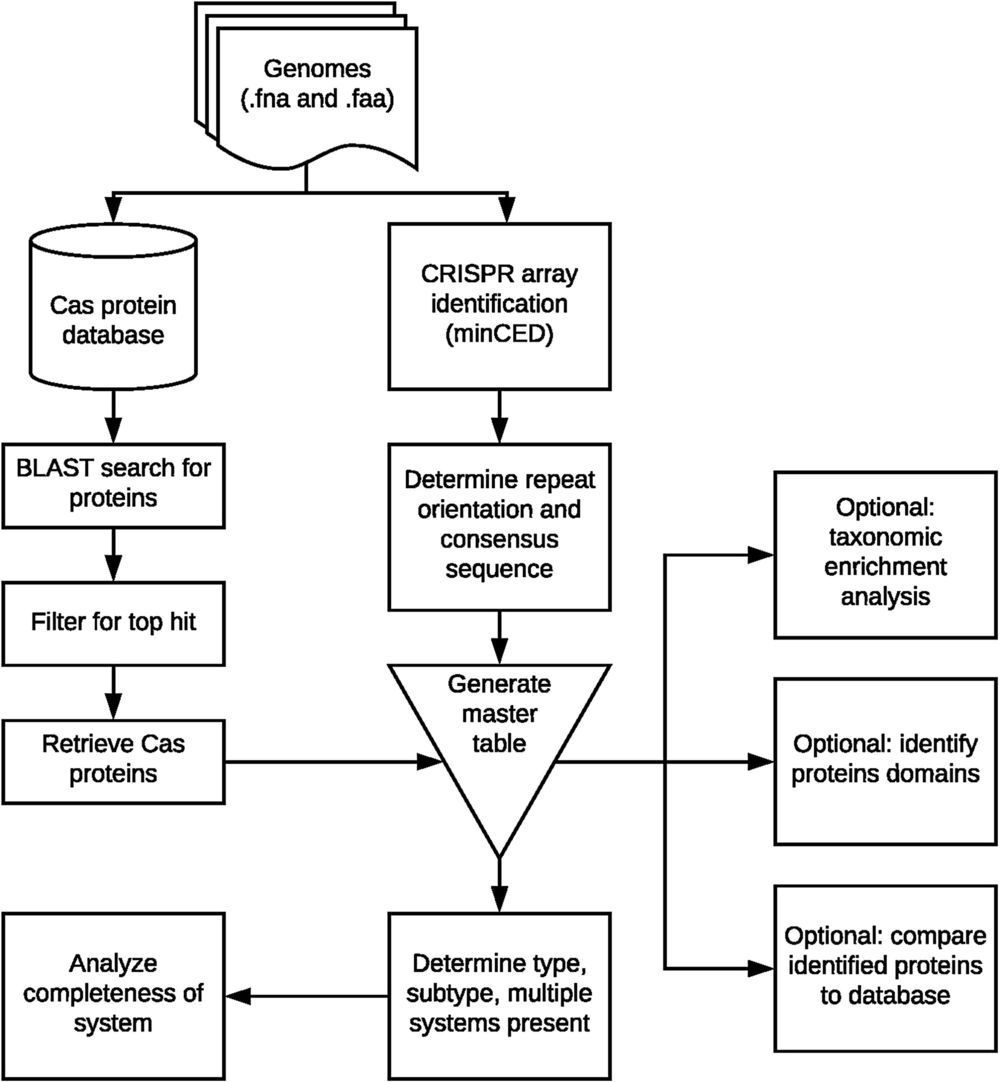
Circa 2018
CRISPR-Cas adaptive immune systems of bacteria and archaea have catapulted into the scientific spotlight as genome editing tools. To aid researchers in the field, we have developed an automated pipeline, named CRISPRdisco (CRISPR discovery), to identify CRISPR repeats and cas genes in genome assemblies, determine type and subtype, and describe system completeness. All six major types and 23 currently recognized subtypes and novel putative V-U types are detected. Here, we use the pipeline to identify and classify putative CRISPR-Cas systems in 2,777 complete genomes from the NCBI RefSeq database. This allows comparison to previous publications and investigation of the occurrence and size of CRISPR-Cas systems. Software available at http://github.com/crisprlab/CRISPRdisco provides reproducible, standardized, accessible, transparent, and high-throughput analysis methods available to all researchers in and beyond the CRISPR-Cas research community. This tool opens new avenues to enable classification within a complex nomenclature and provides analytical methods in a field that has evolved rapidly.
CRISPR-Cas* bacterial and archaeal immune systems remain of high interest across many domains of the life sciences, including food science, molecular biology, prokaryotic evolution, and as a technology from pharma to next-generation crops.1–4 The unifying interest in CRISPR is the tremendous wealth of applications this technology affords. While application and tool development using a handful of characterized CRISPR-Cas systems has exploded, the annotation and discovery of systems remains an ongoing challenge for microbiologists and bioinformaticians to solve. The ability to identify CRISPR-Cas systems can benefit the greater scientific community, from microbiologists attempting to learn about adaptive immunity in prokaryotes, to molecular biologists interested in harnessing the nucleic acid-targeting functions of various Cas proteins.
The search for COVID-19 therapies has turned to an antibody that was first identified back in 2003, in a blood sample from a patient who recovered from a similar coronavirus-based disease.